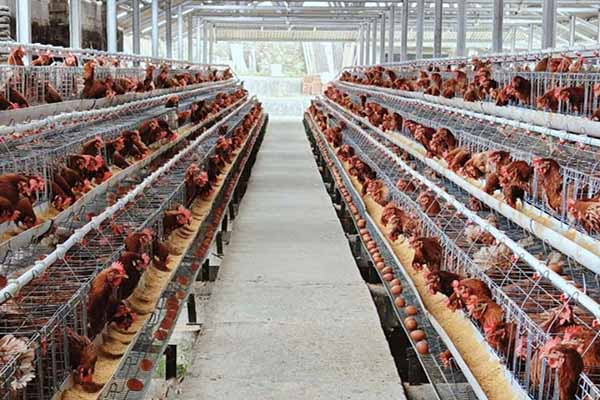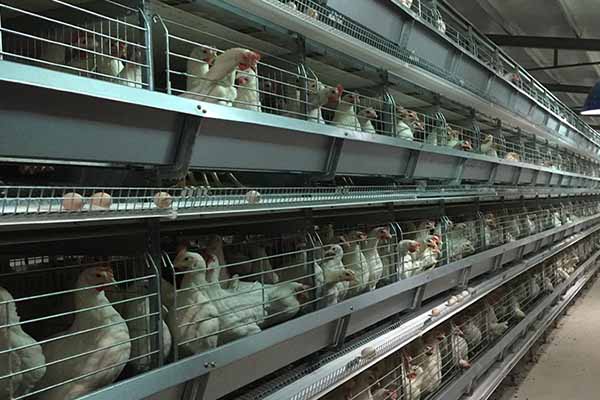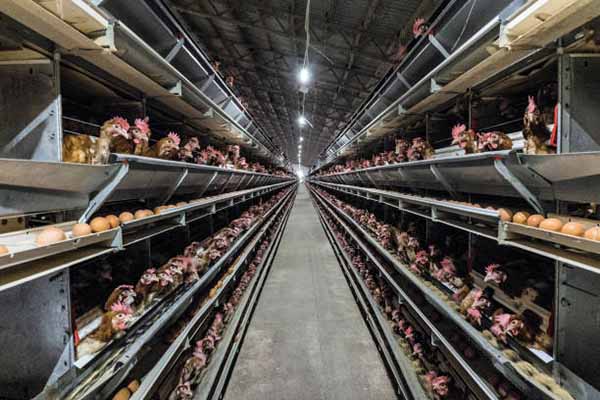Optimizing Poultry Cage Design for Traceable Egg Production
In the ever-evolving poultry industry, the demand for traceable egg production has surged. This trend emphasizes the importance of maintaining the highest standards of animal welfare and product quality. One of the key components in achieving this is the implementation of a poultry cage system that not only enhances productivity but also ensures traceability. In this article, we delve into the intricacies of designing poultry cages for traceable egg production, highlighting the benefits and considerations that matter most.
Understanding the Importance of Traceable Egg Production
According to a report by the Global Food Safety Initiative (GFSI), the market for traceable egg production is projected to grow at a CAGR of 5.5% from 2020 to 2025. This growth underscores the need for transparent supply chains and the role of advanced poultry cage systems in achieving this goal.
- Enhanced Consumer Trust: Consumers are increasingly aware of food safety and sustainability, demanding products with a clear origin.
- Regulatory Compliance: Many countries have stringent regulations regarding egg production and distribution, making traceability a necessity.
- Marketing Edge: Brands that prioritize traceability can differentiate themselves in a competitive market.
Designing Poultry Cages for Traceable Egg Production
Designing poultry cages for traceable egg production involves careful consideration of various factors to ensure optimal performance and traceability. Here are some key elements to consider:

- Material Quality: The use of high-quality materials such as stainless steel or galvanized steel ensures durability and resistance to corrosion.
- Space Allocation: Adequate space for each bird is crucial for their health and well-being. A recommended space is 0.3 to 0.5 square meters per bird.
- Feeding and Watering Systems: Automated systems for feeding and watering reduce the risk of contamination and ensure consistent nutrition.
- Environmental Control: Efficient ventilation and temperature regulation are essential for maintaining a healthy environment.
- Monitoring Technology: Incorporating advanced tracking systems, such as RFID tags, allows for real-time monitoring and traceability.
For instance, a study by the Journal of Animal Science and Biotechnology found that poultry cages equipped with monitoring technology resulted in a 10% increase in egg production and a 20% reduction in mortality rates.
Benefits of Implementing a Traceable Egg Production System
By investing in a poultry cage system designed for traceable egg production, farmers and investors can expect several benefits:
- Increased Efficiency: Automation and monitoring reduce labor costs and improve productivity.
- Enhanced Animal Welfare: Properly designed cages contribute to the overall well-being of the birds.
- Market Access: traceable products can open up new markets and increase profitability.
Table 1: Comparison of Traditional and Traceable Egg Production Systems

| Parameter | Traditional | Traceable |
|---|---|---|
| Productivity | Low | High |
| Animal Welfare | Low | High |
| Market Access | Low | High |
| Consumer Trust | Low | High |


 le>
le>

